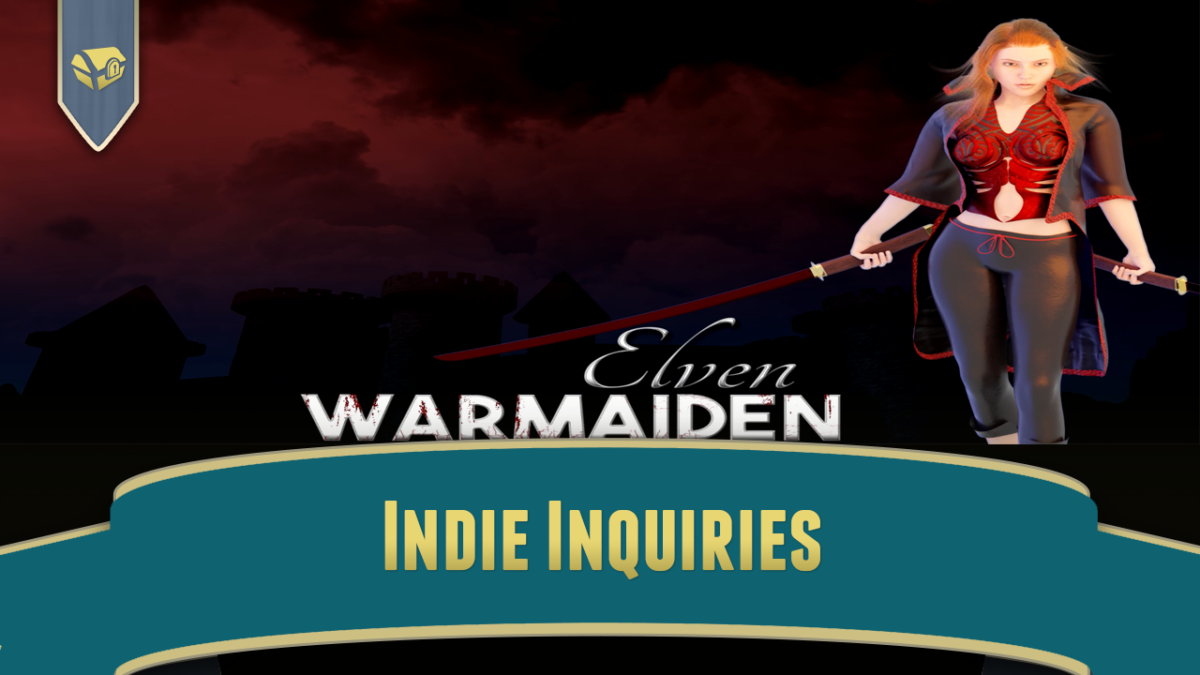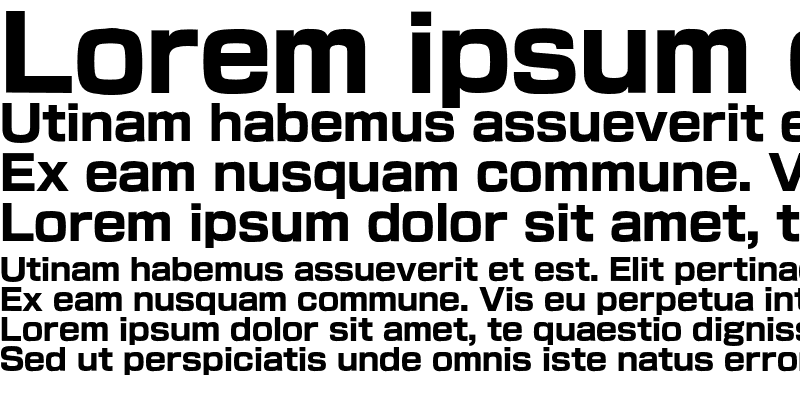Another another video again once more! And this is a big one. Dan Olson of Folding Ideas tends to post long-form, movie-length videos on its subjects. They were the toast of the internet for a while after their brutal takedown of NFTs and cryptocurrencies (2h 18m), which was recently followed up by an equally detonative look at NFT-based libertarian techbro virtual world Decentraland (1h 49m-I told you they were long).
Between those two worthy video conflagrations they produced a video that is rather in our backyard, a one hour, 24 minute vid-essay on who World of Warcraft became a place where playing sub-optimally isn’t just frowned upon, but came to be seen as anti-social. If you’re interested in the social aspects of MMORPGs, It’s worth devoting an eleventh of a day’s waking hours to!
What’s really interesting here is something I’ve been worried about with older video and computer games for a while. Games that manage to still be popular over a lot period get focused on, dissected, sometimes disassembled, and laid out so that they have no secrets. Their audience both focuses on them, and both seeks out ways to play them better, and reasons to play them better.
That’s where speedrunning comes from, and that’s the thing-what’s happening in WoW is just what’s happening to classic gaming in general. It’s become a degraded form of play, almost, to come to a game completely new. I’ve bought into this too, occasionally leaving a message on a Youtube video of someone playing sub-optimally giving a couple of helpful tips. Really though there’s no need. If they wanted to do that, the avenues are available to them. There’s already plenty of people trying to play, say, Castlevania III in the best possible way.
World of Warcraft is 19 years old now, and even has an entire official alternate version that duplicates the game experience from launch. During that time the expert-level strategies that were discovered by players after long observation and practice have become ubiquitous lore. Even if you’ve never read a FAQ or watched a tutorial video, just from hearing other players talk about the game and watching them, a lot of it will seep in.
As a result, not only can’t a long-time player go back to how they experienced the game at launch, because they know too much, but even new players can’t, because the community around them is filled by those players who know that much.
There’s lots to think about here. Especially if you’ve played World of Warcraft before, but also if you haven’t. (I haven’t!) Also note that the video is consciously patterned after Jon Bois’s videos for SBNation and Secret Base. Here in 2023, that’s a comforting reference.
Why It’s Rude To Suck At Warcraft (Youtube, 1h24m)




